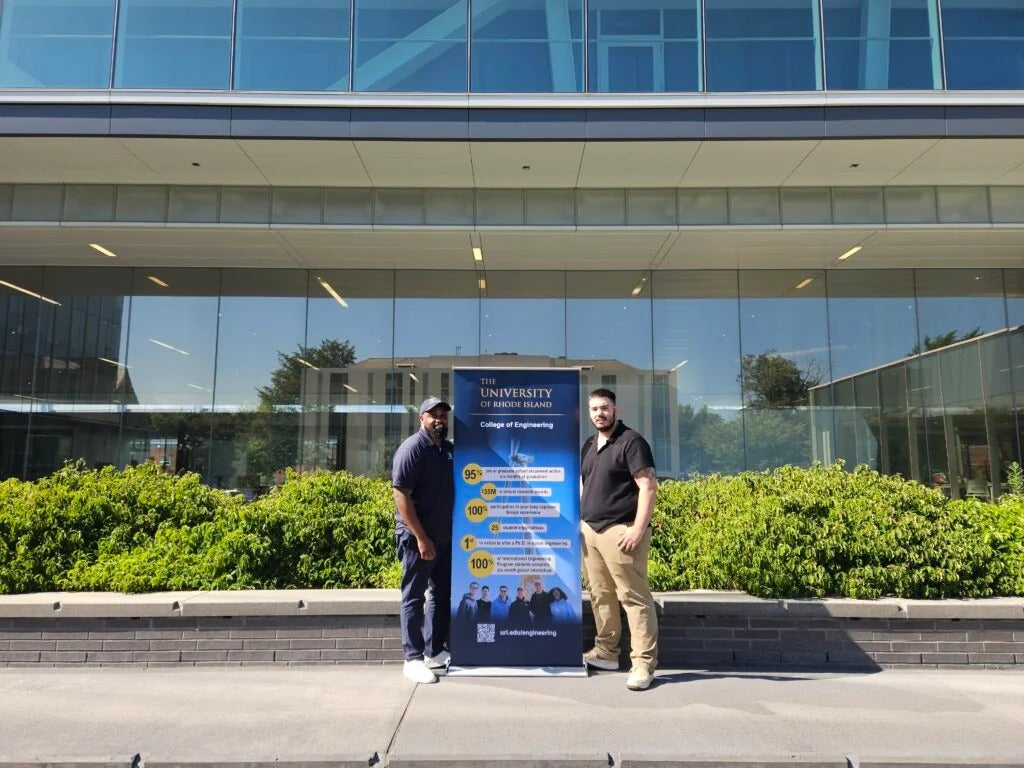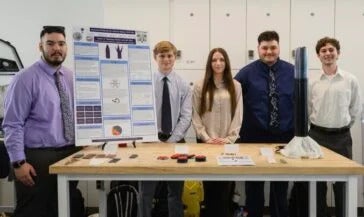After high school, David O’Connor realized that if he wanted to pursue his dream of becoming an engineer, he had to do it on his own. The college had to be affordable and close to work because he would need to not only pay tuition, but all living expenses too.
Balancing an engineering program and a full-time job is a monumental challenge. It requires dedication and sacrifices. But O’Connor pushed through. “When I first saw the movie Interstellar, I instantly fell in love with aerospace engineering,” said O’Connor. “This combined with my previous interest in space engineering was my goal since I was 11. One day I want to work at NASA.”

To begin the journey to that goal, O’Connor of West Warwick, Rhode Island, became an engineering student at the University of Rhode Island, while also working full-time.
Due to being a self-supported student, he was unable to participate in any extracurriculars like student groups or sports at URI, even though in high school he was an all-state athlete and had offers to play multiple sports at different schools. He spent all his time either working or studying.
He was a full-time student from fall 2018 to fall 2020 and then took several part-time semesters. At one point, it wasn’t enough, and O’Connor left the program, unsure if he’d ever see his dream come true.
“I was failing out of school due to working long hours and not having time to study for classes,” said O’Connor. The URI faculty and staff remained in touch, doing everything possible to get him back into the program. “Something special about URI is the willingness of the faculty and staff here to see you succeed.”

In 2022, he enrolled in Community College of Rhode Island and was able to achieve the GPA requirement for readmission to URI, enrolling in fall 2023 as a junior. He heavily credits the support of his academic advisor, Wynston Wilson, for sticking with him and guiding him along the ups and downs. O’Connor did 21 semesters over the course of seven years. “His guidance got me through some of the hardest times of my life. He helped me achieve my dream of graduating as an engineer,” said O’Connor.
After seven hard fought years, O’Connor graduated with his Bachelor of Science in mechanical engineering and a minor in physics this past May.

His favorite memory was presenting the capstone project he was a part of with his team. They designed and tested a floating drone launch pad for Naval Undersea Warfare Center. “The members of my team were amazing and made my final year at URI a wonderful experience,” said O’Connor. “I would do it all over again if I could.”
O’Connor has accepted a full-time job offer as an engineer from a family-owned company where he will be doing engineering and design work.
